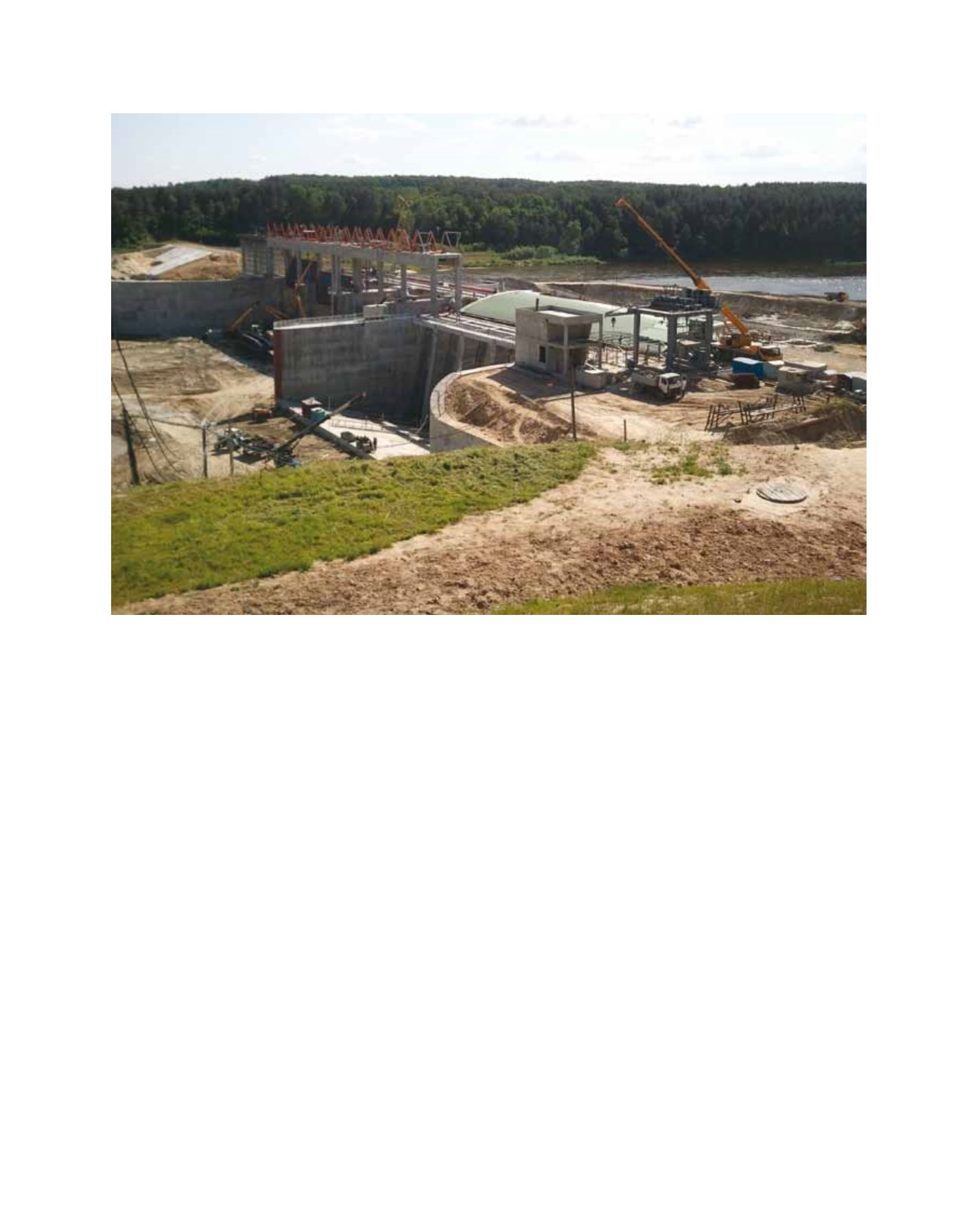

[
] 95
W
ater
1961 to 2010) for the forecasting of climate change
and its impact on water resources in the river basin.
Temperature and precipitation data were collected from
23 stations (eight in Belarus and 15 in Lithuania) to
ensure the statistical validity of the data. Additional
information necessary for hydrological modelling was
also collected, including wind speed, humidity and
sunshine duration. Runoff data were gathered from 25
stations (12 in Belarus and 13 in Lithuania). Statistical
analysis and evaluation of changes of meteorological
and hydrological characteristics took place in order to
identify changes in these.
Climate forecasting for the whole Niemen River basin
was done using CCLM model outputs based on initial
and boundary conditions of the Global Circulation
Model ECHAM5/MPI-OM. Two greenhouse gas
emission scenarios were used: A1B (a relatively high-
emission scenario) and B1 (a low-emission scenario).
A near-term forecast was made for 2020-2050 and
runoff forecasting was carried out using separate
Belarusian and Lithuanian regional models based on
climate forecasting results. Initial data for this forecast-
ing were produced by the meteorological services of
the Niemen countries.
The biggest surprise was found in the vulnerability
assessment of the Niemen River basin. A case study of
current and forecasted status shows considerable varia-
Considerable tasks
The project objectives will be met by the implementation of the
following activities:
• Assessment of the current state of the river basin’s water
resources (quantitative aspects) and of the impact of economic
activities on these
• Study of the changes in climatic characteristics for the river
basin and elaboration of climate change scenarios
• Forecasting the runoff of the river basin in the context of climate
change, taking into account different scenarios for water use and
socioeconomic development
• Analysis of the hydrometeorological, hydrochemical and
hydrobiological monitoring systems in the Niemen River basin
and assessment of the need to optimize these systems for climate
change monitoring (including emergency cases)
• Estimation and forecast of the future climate change impact on
water quality at the highest generalization level
• Development of a common information platform (Internet
database), containing data on water resources management and
adaptation to climate change for the Niemen River basin countries.
Results achieved
The project is being conducted over a 19-month period between
September 2011 and March 2013.
Monthly meteorological and hydrological data were collected from
Lithuanian and Belarusian hydrological services and preceded
with the calculation of seasonal and annual values (data from
Image: Vladimir Korneev, 2012
A new hydroelectric power plant under construction on the Niemen River
















